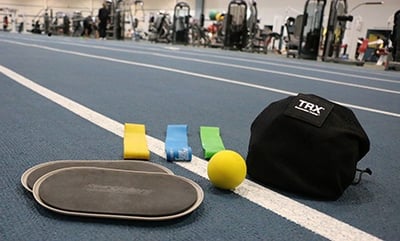NIFS’ fitness assessments are a great way to track all aspects of the effectiveness your exercise program brings. They are also great for adding internal and external motivation that will keep you striving for the results you desire! Many of us lose motivation and the will power to continue with our exercise program once we do not see improvements with the naked eye. Just because results might not be obvious to the naked eye, doesn’t mean they have not taken place.
 In order to view results through a perspective other than decrease in body fat percentages, we have added in another element to our initial fitness assessments at NIFS. We will now be offering body circumference testing via FIT3D technology! This new system will make it much easier and more personal to gain accurate and important measurements for tracking progress.
In order to view results through a perspective other than decrease in body fat percentages, we have added in another element to our initial fitness assessments at NIFS. We will now be offering body circumference testing via FIT3D technology! This new system will make it much easier and more personal to gain accurate and important measurements for tracking progress.
What the FIT3D Proscanner Tell You
NIFS is now offering body circumference testing via the FIT3D technology. This new system will make it much easier to get more personal and accurate measurements that are important for tracking progress throughout an exercise program.
What: Fit3D is a relatively new technology that scans a 360-degree image of the most commonly tracked body circumferences, such as waist, hip, thigh, arm and biceps, and chest.
How: To get started, you will first create an account using the email address you would like your results to be sent to. Once your account is created, you will then step on the Fit3D platform, which takes a body-image scan. Immediately after the scan, a confidential email of the circumference results will be sent for you and only you to assess. If you would like further analysis of your results, you can then invite a NIFS Health and Fitness Specialist to view your results via the website.
Why: This information can be useful because it allows you to assess the effectiveness of your exercise programs by comparing body circumference over an extended period of time, while also driving motivation to continue on the path of improvement. With these scan results, you will be able to assess where you are more likely to store fat throughout the body, as well as track where you are adding the most muscle and losing the most body fat with your exercise program. Fit3D also places the measurement results in one of three wellness zone categories (Healthy, Needs Improvement, and Health Risk) in order to assess your risk of developing health problems.
Sometimes progress is not always visible to the naked eye or displayed on a weight scale, which is where Fit 3D is very useful because you can visually see changes in your body in a picture and not just numbers. Because this technology has an error rate of less than a half-inch, you will be able to receive an extremely in-depth and accurate report of where your greatest improvements have been over time.
It is important to note that an individual cannot spot-reduce a specific area of the body where they would like to lose weight first, therefore it becomes that much more important to utilize this body circumference technology to help understand where you are making the greatest improvements initially, which will add motivation to continue with the program in order to reach your desired physique.


 My fitness bucket list was created using
My fitness bucket list was created using 
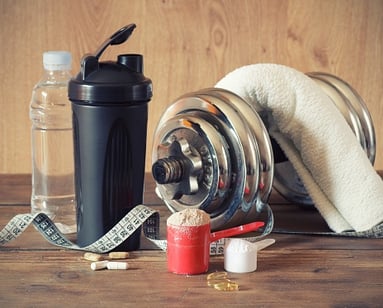 With so many different supplements flooding the shelves these days, it’s hard to know which ones will truly help you achieve your desired results. Although I agree that some supplements might not be necessary to include in your program, others could be beneficial to many individuals no matter what their fitness goals are.
With so many different supplements flooding the shelves these days, it’s hard to know which ones will truly help you achieve your desired results. Although I agree that some supplements might not be necessary to include in your program, others could be beneficial to many individuals no matter what their fitness goals are. 
 Okay, so you may have been hearing the word “PiYo®” circulating these last few months within the world of group fitness. For those of you who feel like you do not completely know what it means or what the class entails, fear not. I guarantee you are not the only one with questions, and as a certified PiYo instructor, I would love to share a few reasons why I teach it, and the benefits that can come from practicing it.
Okay, so you may have been hearing the word “PiYo®” circulating these last few months within the world of group fitness. For those of you who feel like you do not completely know what it means or what the class entails, fear not. I guarantee you are not the only one with questions, and as a certified PiYo instructor, I would love to share a few reasons why I teach it, and the benefits that can come from practicing it. Surprisingly, for many of us (myself included), just using our own bodyweight for certain exercises can be challenging enough. From moves like triceps pushups, to lunges, to side planks, 140+ pounds begins to feel really heavy really quick! PiYo® takes many of these simple-to-learn yet challenging moves and combines them with aspects such as “time under tension” and dynamic pulses to keep the body moving the whole time.
Surprisingly, for many of us (myself included), just using our own bodyweight for certain exercises can be challenging enough. From moves like triceps pushups, to lunges, to side planks, 140+ pounds begins to feel really heavy really quick! PiYo® takes many of these simple-to-learn yet challenging moves and combines them with aspects such as “time under tension” and dynamic pulses to keep the body moving the whole time. 
 It can be hard trying to change your lifestyle or fitness on your own. It can be even harder if you don’t have support from your family and friends. You family and friends can play a key role in your fitness journey, so why not get them involved and gain their support? Including them in your journey can help your motivation and help you enjoy the path to your fitness and health goals.
It can be hard trying to change your lifestyle or fitness on your own. It can be even harder if you don’t have support from your family and friends. You family and friends can play a key role in your fitness journey, so why not get them involved and gain their support? Including them in your journey can help your motivation and help you enjoy the path to your fitness and health goals. 

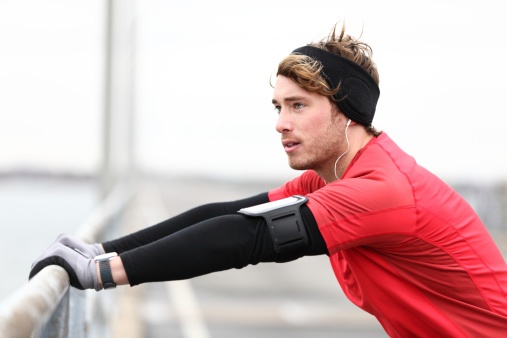 Okay, I know it’s not something we really want to talk, about but let’s face it: the
Okay, I know it’s not something we really want to talk, about but let’s face it: the  The 500 Festival Mini Marathon and Geist Marathon are just around the corner! Now is the time to plan your training program.
The 500 Festival Mini Marathon and Geist Marathon are just around the corner! Now is the time to plan your training program.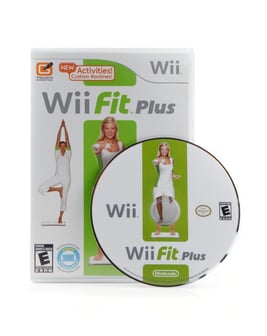 Several years ago the Nintendo Company introduced its newest entry into the video game market with the
Several years ago the Nintendo Company introduced its newest entry into the video game market with the 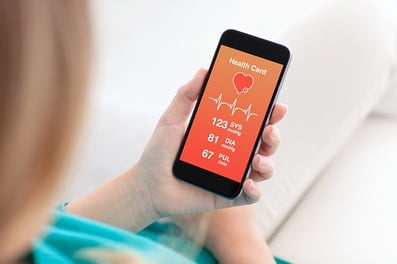 Sometimes you need a little help when it comes to your nutrition and diet choices. Even though we think we know what to do when it comes to our diet, it can be helpful to have some extra assistance with tips, tracking, and suggestions. There are thousands of apps out there that you can easily download to your phone.
Sometimes you need a little help when it comes to your nutrition and diet choices. Even though we think we know what to do when it comes to our diet, it can be helpful to have some extra assistance with tips, tracking, and suggestions. There are thousands of apps out there that you can easily download to your phone. 
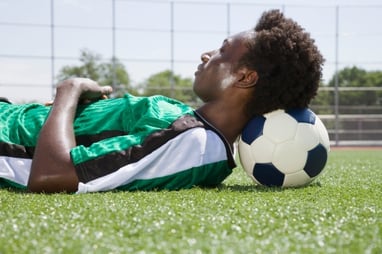 The question I have is, “Do athletes and individuals with higher fitness aspirations need more, less, or the same amount of sleep as everyone else?” Although not many studies have been conducted on the topic, the Gatorade Sports Science Institute published an article entitled
The question I have is, “Do athletes and individuals with higher fitness aspirations need more, less, or the same amount of sleep as everyone else?” Although not many studies have been conducted on the topic, the Gatorade Sports Science Institute published an article entitled 